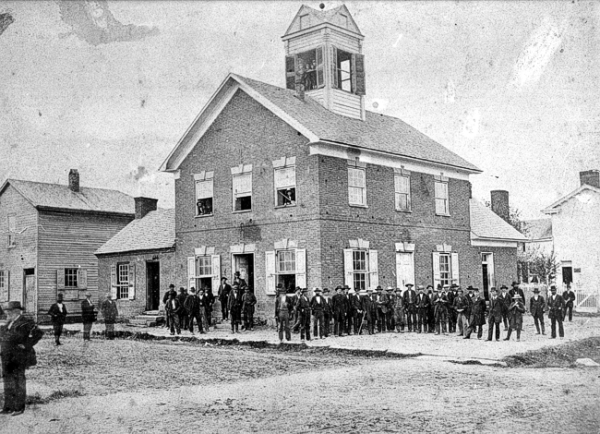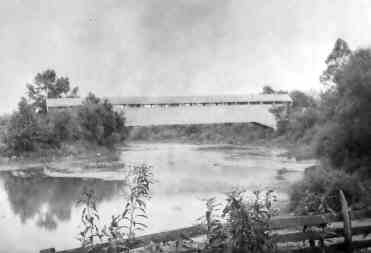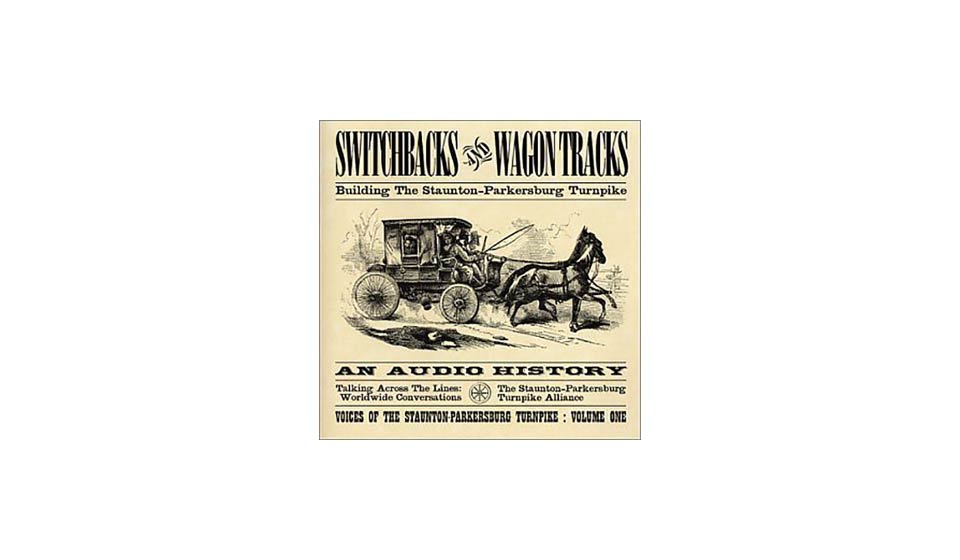Elkinite is proud to partner with Michael and Carrie Kline of Talking Across the Lines to share pieces of “Voices of the Staunton-Parkersburg Turnpike”. The seven part audio history series in its entirety is available here.
Listen the first installment on this series before listening to this installment.
The rugged mountains of western Virginia were settled by hearty souls whose lives were very different from those on the large plantations of eastern Virginia. Transportation was difficult was difficult but essential. Improved roads to bring in supplies and to export goods to market were the lifeblood of the see frontier communities. The political and logistical difficulties that had to be overcome to build the Staunton-Parkersburg Turnpike illustrated many of the challenges and difficulties of the mountain life and set the stage for the conflict to come. The story of building the turnpike, and the later roads and railroad in its, show how vital such transportation arteries were to the life and growth of western Virginia.
You are invited to witness the evolution of animal and Indian trails into the region’s premier highway linking western Virginia from the Shenandoah Valley to the Ohio River. Listen to the tales of early transportation trade, and migration across the Allegheny Mountains in this audio history from the Voices of the Staunton-Parkersburg Turnpike.
The Towns
Click to hear about the boom in Beverly and Staunton caused by the turnpike and how the turnpike lead to the formation of Highland County, Virginia.

Tolls, Maintenance & Politics
Click to hear about the wagons that traveled the road and how the turnpike was maintained.

Bridges
Click to hear about the bridges built by Lemuel Chenoweth. His house still stands today in Beverly.

Editors Note: More information about the town of Beverly can be found at the Beverly Heritage Center and through Historic Beverly.


